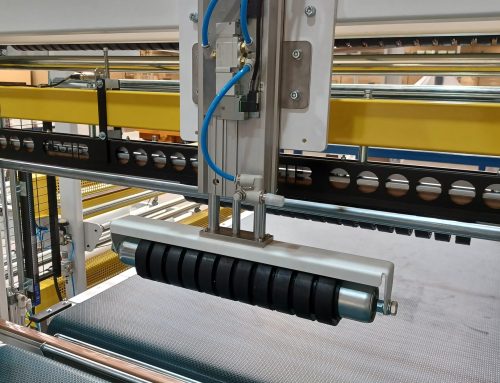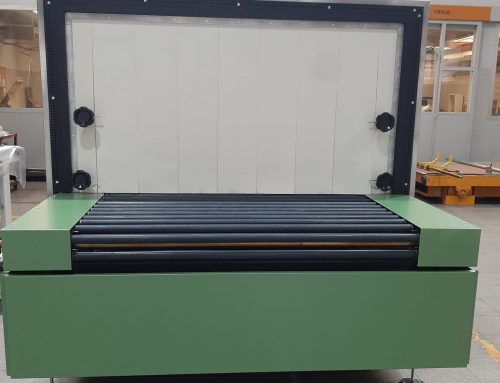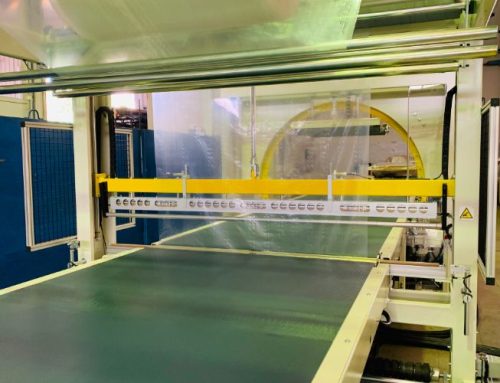How to wrap kitchen units from an industrial point of view
Manufacturers of kitchen units, due to the large number of variations in colours they usually work with, often manufacture to order depending on the requests of each customer. This means that a kitchen will have different modules, also with their own different respective dimensions.
That’s why it isn’t practical to wrap them using recyclable heat shrink polyethylene film given that, in addition, this type of product requires preparation and inspection of the unit before being wrapped, and shrink wrap requires a lot of production and very similar dimensions.
Hence, for this type of work it is most appropriate to use our ERL-150 EXPRESS or our COOLPACK-150 EXPRESS, depending on the investment capacity of the customer at the time of purchasing a wrapping machine of these characteristics since, given the dimensions of the units and the production and consumption, it is the most suitable and profitable for kitchen manufacturers.
It is important not to forget to use corner protectors to prevent damage or scratches when wrapping kitchen units
An almost essential requirement is to place corner protectors on units to prevent damage to areas that are more prone to being knocked (97% on corners). For this task, we have two systems that facilitate this process significantly.
The most convenient is a lifting table for the unit to place the corner protectors on before the wrapping line. That way, the operative lifts the unit without any effort, no matter how heavy it is, and is able to place the corner protectors on all of the sides quickly and ergonomically. This system can be implemented on the input table of the wrapping machine, but it interferes with the work process so, whilst the corner protectors are positioned, the line is not able to wrap the unit. Therefore, it is always better to install the system on a separate table placed at the entrance, and just before the input table for the wrapping machine, whether it is an ERL or COOLPACK machine.
The other option mentioned which is also effective and simpler is the placing of a sheet under the conveyor belt of the input table which has a “mountain” effect, enabling the corner protectors to be placed, but with the disadvantage mentioned in the previous option, so it would not be suitable if a certain output was required.
Strengths and advantages of these two wrapping machines for kitchen units
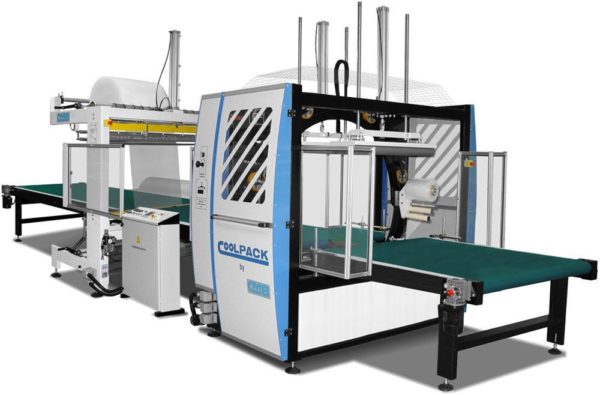
With the COOLPACK option, polyethylene film, bubble wrap, cell-aire foam wrap etc. can be used.
All of them are recyclable, giving added protection, quality and enclosing the unit on all sides, to subsequently finish packaging the unit with polyethylene stretch film, also recyclable, that will ensure that the corner protectors and previously applied film are secured properly to the unit, offering a high quality and secure final packaging for the product it protects.
With the ERL option, we only wrap using polyethylene stretch film and the ends of the unit will not be enclosed, but this is sufficient for some customers’ products.
A film wrapping module (bubble, smooth, etc.) can be added afterwards to all of our ERL machines, turning them into a COOLPACK machine.
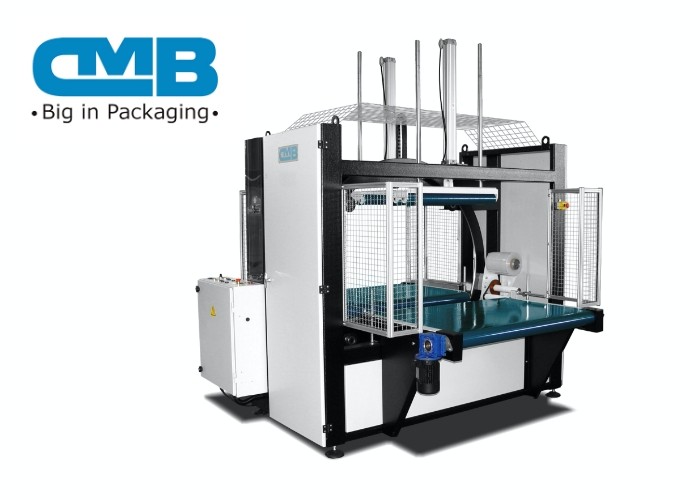
Once the unit has finished with the packaging process, it can be labelled manually or using an automatic labelling system, also CMB, leaving the kitchen unit fully prepared and well packaged for its distribution.
We hope we have dealt with all of the issues posed by the initial question in this post, about how to wrap kitchen units and everything you should bear in mind.
If you would like personalised advice or to request a detailed quote, you just need to spend a few seconds completing the form below, calling by phone on (+34) 93 636 14 16 or sending us an email to [email protected].
We will accompany you during the entire purchasing process, we will thoroughly analyse the needs of your factory, the characteristics of your products and we will come up with the most suitable machinery.
Dare to take a step forward in the automation of your packaging processes by choosing our latest generation machines.

